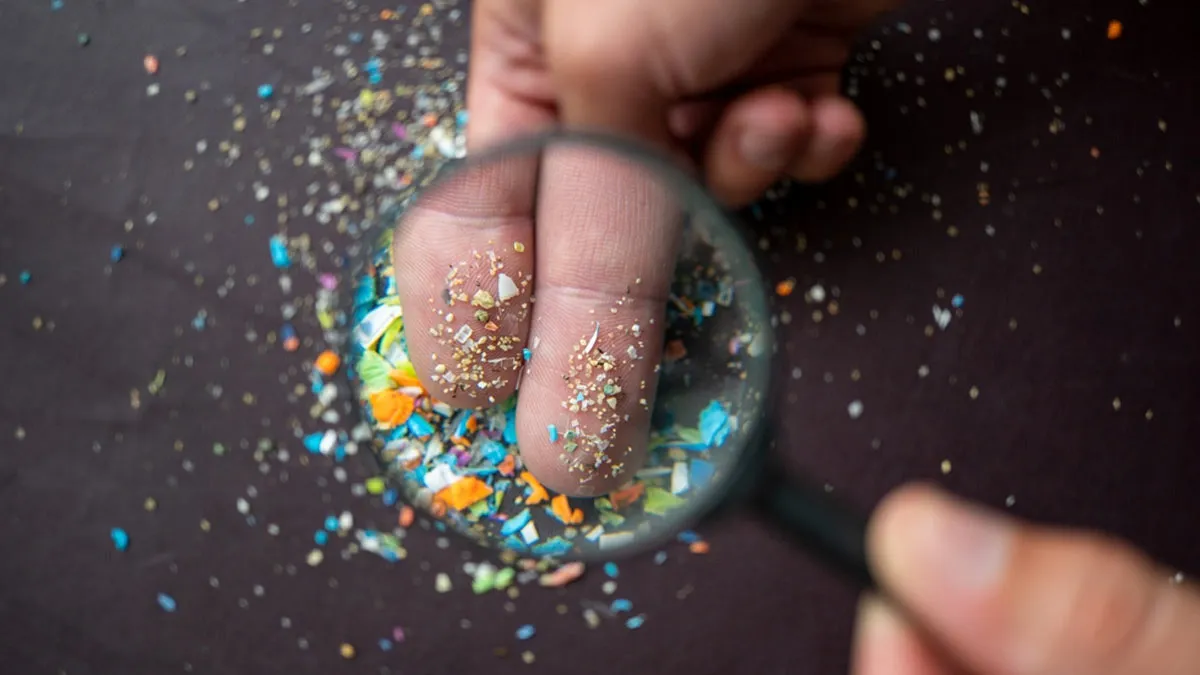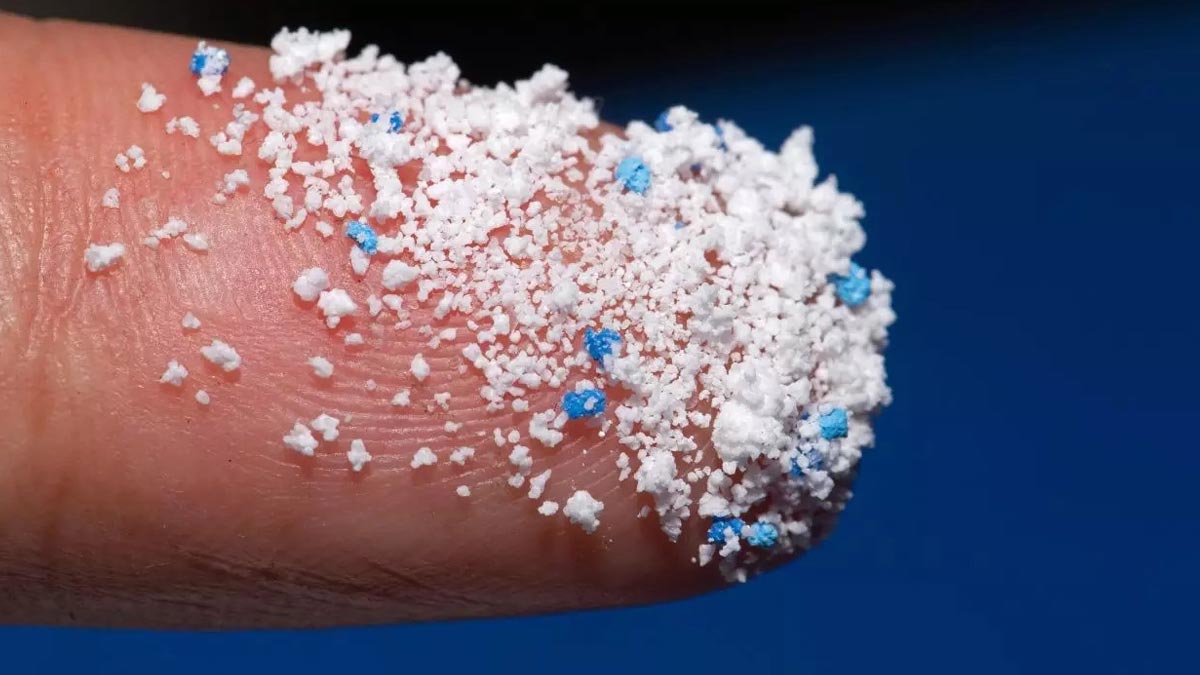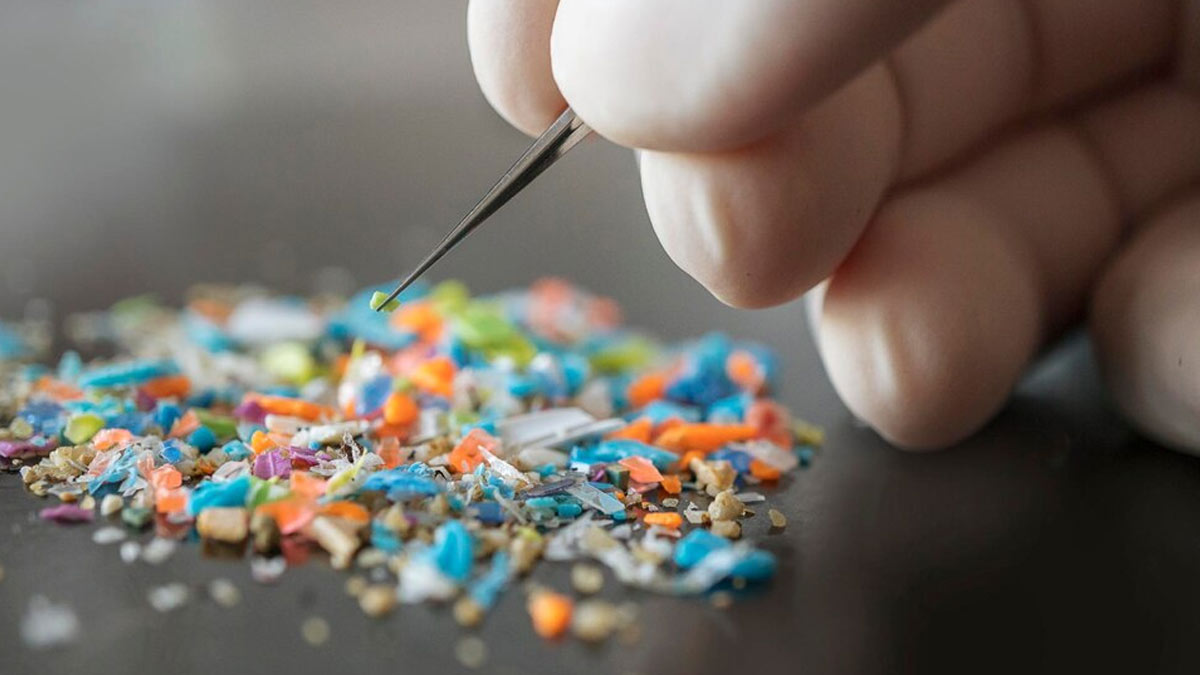
We live in a world surrounded by plastic. From the bottles we drink from to the clothes we wear, plastic is everywhere. But what if tiny pieces of this plastic were making their way inside our bodies? It might sound like science fiction, but experts are increasingly finding microplastics – tiny plastic particles smaller than 5 millimeters – in human tissues and organs.
Table of Content:-
In an exclusive interaction with the editorial team of Onlymyhealth, our expert, Dr Shrey Kumar Srivastav, Senior Consultant at Sharda Hospital in Noida, says, "It's a growing concern. We are constantly exposed to microplastics through the air we breathe, the water we drink, and the food we eat. While research is still ongoing to fully understand the long-term health effects, it's natural for people to be worried." Read ahead to know everything he shared with us!
How Do These Tiny Plastics Get Inside Us?
Microplastics are formed when larger plastic items break down in the environment. These tiny fragments can then enter our bodies in various ways:
Through the air: Microfibers from synthetic clothing and dust containing plastic particles can be inhaled.
Through water: Plastic pollution in rivers and oceans means microplastics can end up in our drinking water, even tap water.
Through food: Seafood, especially shellfish, can ingest microplastics. They've also been found in fruits, vegetables, and even processed foods.
Through everyday items: Things like plastic tea bags releasing particles into hot water or even some cosmetics can contribute to our exposure.
Also Read: Expert Shares Why You Should Never Juice Your Fruits! Here's What You're Doing Wrong

What Do They Do Inside Us?
Scientists are actively researching the potential health impacts of microplastics in the human body. Some concerns include:
Inflammation: Microplastics can trigger inflammatory responses in tissues.
Toxicity: Some plastics contain chemicals that could leach out and harm our cells.
Disruption of gut health: These tiny particles might interfere with the delicate balance of bacteria in our gut.
Potential for organ damage: Studies are exploring if microplastics can accumulate in organs and cause damage over time.
Natural Ways to Support Your Body's Detoxification
While it's impossible to completely avoid microplastic exposure in today's world, Dr Srivastav emphasises that there are natural ways to support your body's natural detoxification processes and potentially reduce the burden. He suggests focusing on these lifestyle changes:
1. Stay Hydrated
Drinking plenty of clean water helps your kidneys filter waste products, which could include some of these tiny particles. Aim for at least 8-10 glasses of water a day.
2. Eat a Fibre-Rich Diet
Fruits, vegetables, and whole grains are packed with fibre. Fibre helps with regular bowel movements, which is a crucial way for the body to eliminate toxins.
3. Prioritise Gut Health
A healthy gut microbiome can play a role in overall detoxification. Include probiotic-rich foods like yoghurt (with live and active cultures), kefir, and fermented vegetables in your diet.

4. Sweat it Out
Exercise and activities that make you sweat can help your body release toxins through the skin. Regular physical activity also supports overall metabolic health.
5. Support Your Liver
The liver is the body's primary detoxification organ. Eating a balanced diet rich in antioxidants (found in berries, leafy greens, and other colorful fruits and vegetables) can support liver function. Limit processed foods, alcohol, and excessive sugar, which can burden the liver.
6. Breathe Clean Air
While you can't control outdoor air pollution entirely, you can improve indoor air quality by using air purifiers, opening windows for ventilation (when air quality is good), and avoiding smoking indoors.
7. Choose Natural Materials
Opt for clothing made from natural fibers like cotton, wool, and linen over synthetic materials whenever possible. Consider using glass or stainless steel water bottles and food containers instead of plastic.
Important Note:
Dr Srivastav stresses that these natural methods are supportive measures and not a direct "cure" for microplastic accumulation. "More research is needed to understand the most effective ways to eliminate microplastics from the body. However, adopting a healthy lifestyle that supports your body's natural detoxification processes is always beneficial for overall well-being."
Bottomline
While the presence of microplastics in our bodies is a concerning issue, focusing on a healthy lifestyle and making conscious choices about the products we use can be a step in the right direction. As research continues, we will hopefully gain a clearer understanding of the risks and develop more targeted solutions. In the meantime, prioritising our overall health remains paramount.
Also watch this video
How we keep this article up to date:
We work with experts and keep a close eye on the latest in health and wellness. Whenever there is a new research or helpful information, we update our articles with accurate and useful advice.
Current Version